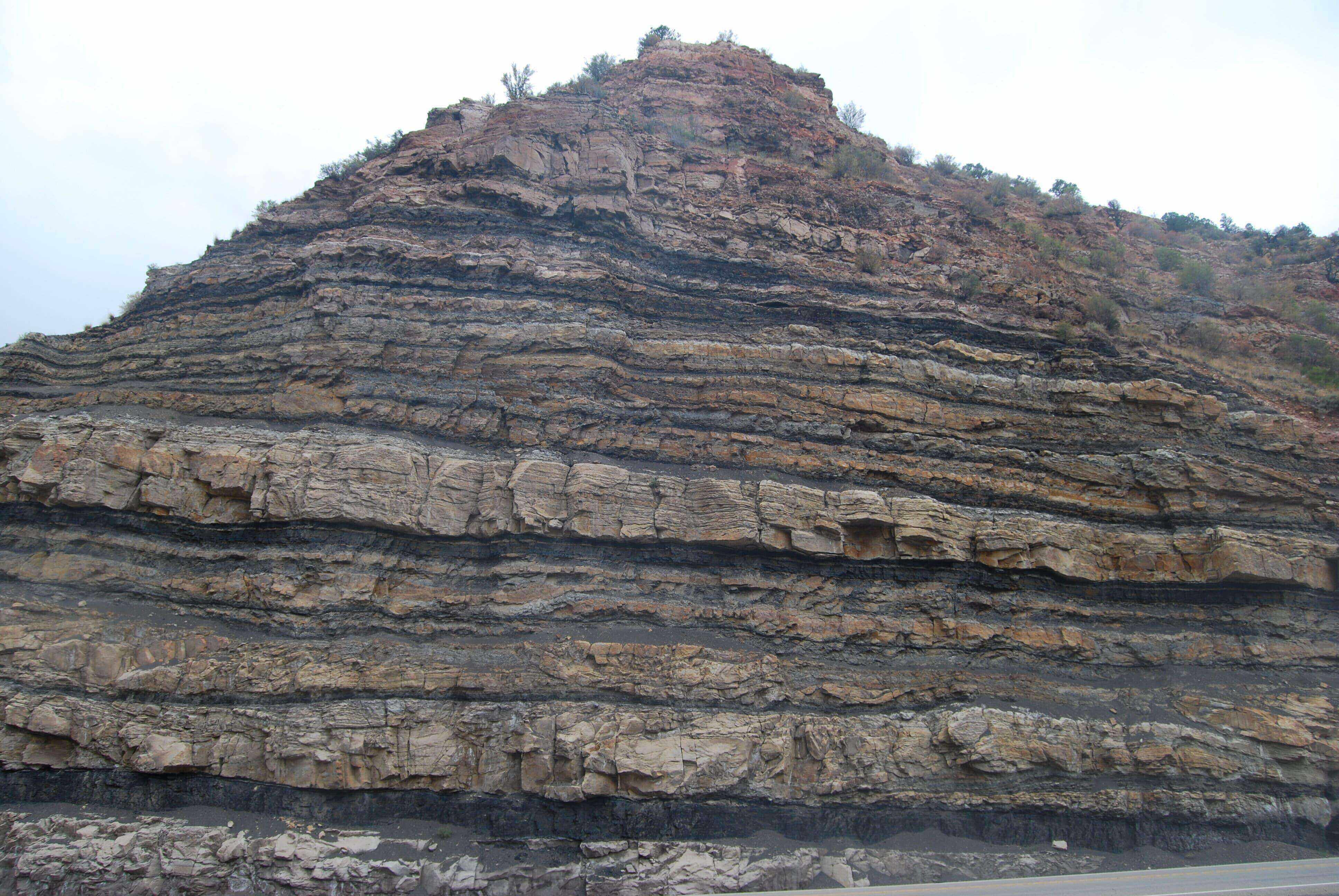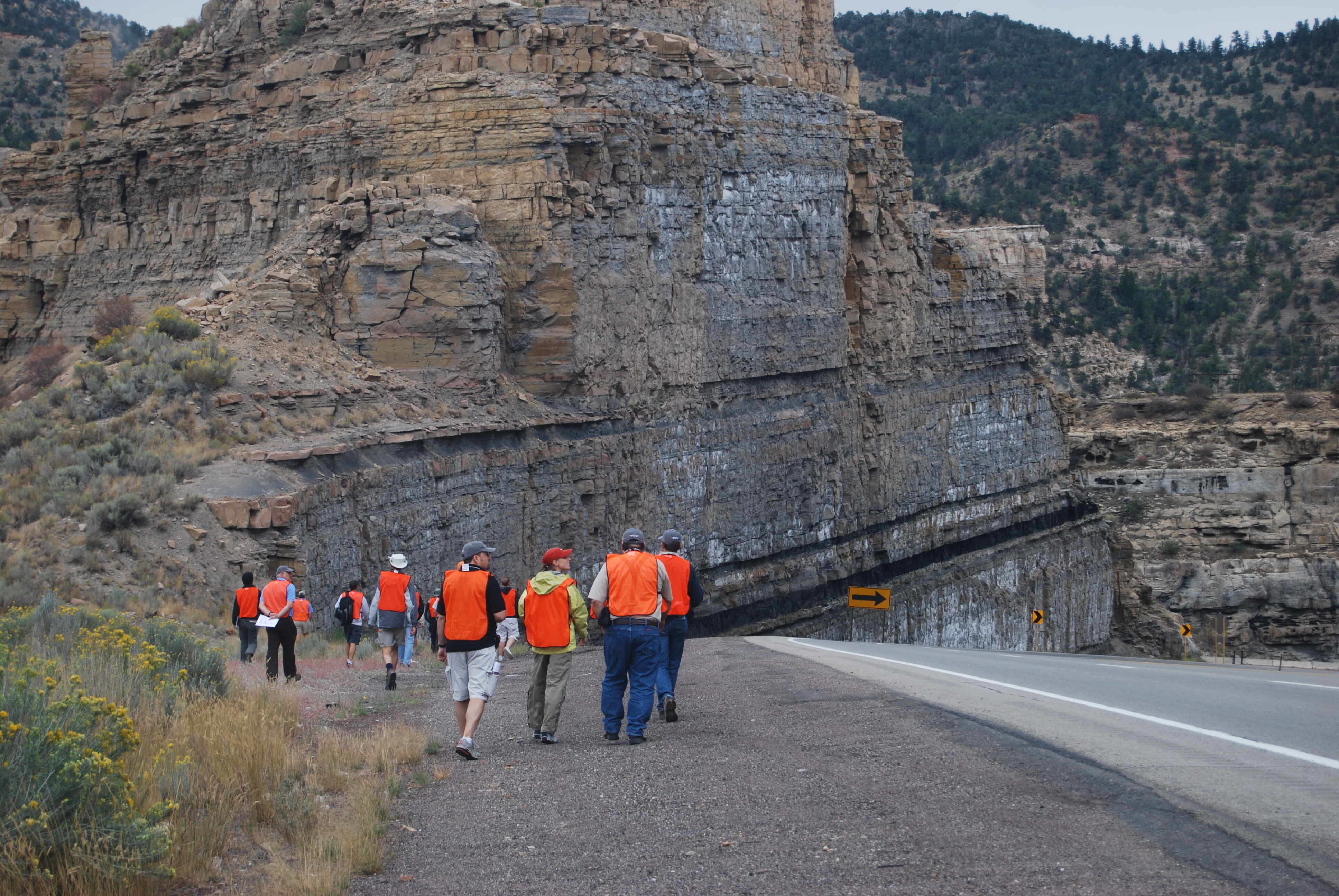U Researchers to Study Potential of Uinta Basin Mineral Resources With $1.5M Grant
by Paul Gabrielsen, science writer, University Marketing & Communications
 |
 |
 |
The United States Department of Energy has awarded the University of Utah $1.5 million to study the potential of transforming coal-associated mineral resources in Utah and western Colorado’s Uinta Basin region into high-value metal, mineral and non-fuel carbon-based products. Coal has historically been used for combustion and energy generation, but may additionally host critical minerals and rare earth elements that have been overlooked and are valuable non-fuel products in our modern society.
The award is part of a $19 million initiative, with awards to 13 projects across the country, aimed at developing domestic production of rare earth elements and other critical minerals as well as important advanced materials such as carbon fiber and polymers.
The project includes 25 organizations and 30 team members and is led by Michael Free, professor of materials science and engineering and chair of the Department of Mining Engineering. The geology portion of the project is led by Lauren Birgenheier, associate professor of geology and geophysics. Other portions of the project are led by Prashant Sarswat, research associate professor of materials science and engineering, Tulinda Larsen, executive director of the Utah Advanced Materials and Manufacturing Initiative (UAMMI) and Jim Patten, JWP Consulting, LLC. Some of the main partnering organizations include UAMMI, Colorado School of Mines, Los Alamos National Laboratory, Wolverine Fuels, Utah Geological Survey, Colorado Geological Survey, Institute for Advanced Composites Manufacturing Innovations, JWP Consulting, LLC and Utah State University—Eastern.
“This project is designed to help make the transformation of resources into valued products, and in the process diversify the economic base of the region and expand job opportunities while simultaneously supplying our country with critical resources,” Free says.
Modern technologies, including clean energy technologies, depend on rare earth elements and critical minerals to comprise batteries, magnets, solar panels and other components. The United States currently imports most of these rare earth elements and critical minerals, leaving the supply chain vulnerable to natural and political disruptions.
“China’s near monopoly over rare earth metals makes the rest of the world dependent on them,” says Sen. Mitt Romney in a Department of Energy statement. “With this funding, Utah will continue to play a vital role in United States’ production of rare earth metals and critical minerals, which will help rebuild our supply chain and decrease our dependence on China. Importantly, these projects will also create new jobs and spur economic growth for communities in the Uintah Basin.”
Uinta Basin resources
The Uinta Basin lies in northeastern Utah and due to its geological properties is historically a source of coal, oil shale and oil and gas. After further evaluation, the Uinta Basin region may prove to be a valuable source of rare earth elements and critical minerals.
Beyond their use in a fossil fuel economy, these resources form the raw materials of many of our modern technologies.
“Rare earth elements and critical minerals are needed to build and run our cell phones, computers, and cars,” Free says. “Carbon fiber composites are needed in a variety of products and industries, and particularly in the aerospace industry. Polymers are used in nearly everything we use.”
“Importantly,” Birgenheier adds, “rare earth elements and critical minerals are used in many renewable energy technologies. As such, the project is part of an innovative energy transition that is already underway.”
Additionally, using natural resources in non-fuel applications, the researchers say, reduces carbon emissions.
Benefitting Utah
According to the Department of Energy, the U’s project will “quantify, assess, and plan to enable the transformation of Uinta Basin earth resources such as coal, oil shale, resin, rare earth elements and critical materials into high value metal, mineral and carbon-based products that can be used in advanced products such as carbon fiber composites in aircraft and high powered magnets and batteries in electric vehicles.”
U researchers will better characterize the geologic resources in the basin and develop improved technologies for transforming the raw materials into commercially viable products. Chemical engineering professor Eric Eddings, for example, will continue his ongoing work to develop ways to turn coal pitch, an asphalt-like coal derivative, into carbon fiber for use in a wide range of products.
Free says that producing these materials and minerals in the Uintah Basin will help diversify the demand for them as the need for fossil fuel declines while reducing reliance on imported minerals.
“Producing these products in the Uintah Basin would expand and diversify the regional economy while providing domestic access to critical minerals that are now imported,” he says. “It would also expand economic and educational opportunities for local residents.”
